Tulbaghia ‘Purple Eye’
£6.45
A lovely, clump-forming perennial producing heads of glistening, starry pale-lilac flowers with dark purplish centres above grey-green, grass-like foliage. Height 30cm. Spread 40cm. Flowers April to September. Full sun. Moist, well drained soil. Hardy.
Description
Tulbaghia ‘Purple Eye’, also known as society garlic, is an exceptional perennial that brings vibrant color and delightful fragrance to your garden. Its striking purple-eyed flowers, paired with aromatic foliage, make it a standout in any outdoor space. To help your Tulbaghia ‘Purple Eye’ thrive, follow this detailed guide for optimal planting and care.
PLANTING and AFTERCARE GUIDE
Best Planting Time
- Spring: The best time to plant Tulbaghia ‘Purple Eye’ is during the spring when the soil warms up. Planting in this season allows the roots to establish and ensures strong growth for the upcoming blooming period.
• Autumn: You can also plant Tulbaghia ‘Purple Eye’ in early autumn, giving the plant time to settle before dormancy, which encourages robust growth in the following spring.
Site Selection
- Sunlight: Tulbaghia thrives in full sun but can tolerate partial shade. Aim for at least 6 hours of direct sunlight daily to encourage the best flower production.
• Soil: Choose well-drained soil for planting your Tulbaghia ‘Purple Eye’. The plant does not fare well in waterlogged conditions, so ensure the area has good drainage to avoid root rot. Adding organic matter like compost can improve both soil quality and drainage, supporting healthy growth.
Planting Instructions
- Prepare the Hole: Dig a hole that is twice the width and the same depth as the root ball. This gives the roots space to grow and spread effectively.
- Soil Preparation: Mix compost or organic matter into the soil. This helps enrich the soil and improves drainage, which is essential for Tulbaghia ‘Purple Eye’.
- Planting: Place the plant into the hole, making sure the top of the root ball is level with the surrounding soil. Gently backfill the hole with soil, pressing it down to eliminate air pockets.
- Watering After Planting: Water thoroughly to settle the soil around the roots and help the plant establish itself. Ensure the area drains well to avoid waterlogging.
Watering
- Growing Season: Tulbaghia ‘Purple Eye’ is moderately drought-tolerant once established. Water it during dry spells but allow the soil to dry out slightly between waterings. Avoid overwatering, as excess moisture can lead to root problems.
• Dormant Season: In the dormant season, reduce watering. Tulbaghia requires minimal moisture when not actively growing, so only water when the soil becomes excessively dry.
Feeding
- Spring: Apply a balanced fertiliser in early spring to give your Tulbaghia a strong start for the growing season. This will promote healthy new growth and more vibrant flowers.
• Mid-Summer: A light feeding in mid-summer can help extend the blooming season and maintain vigor throughout the summer months.
Pruning
- Deadheading: To encourage continuous blooming, regularly remove spent flowers from your Tulbaghia ‘Purple Eye’. This will keep the plant looking tidy and promote new growth.
• Autumn Pruning: After the blooming season ends, cut back the plant to ground level. This helps prepare your Tulbaghia for the dormant season and ensures healthier growth when it emerges in spring.
Mulching
- Spring: Apply a layer of mulch around the base of your Tulbaghia in the spring to help retain soil moisture, suppress weeds, and regulate soil temperature. Organic mulch, like bark chips or compost, works best.
• Winter: During colder months, a protective mulch layer around the plant will safeguard its roots against frost, promoting healthier growth for the next season.
Supporting the Plant
- Staking: Tulbaghia ‘Purple Eye’ generally has sturdy stems and a compact growth habit. However, if you live in an area with strong winds, consider staking the plant to prevent any damage.
Final Tips
Tulbaghia ‘Purple Eye’ is a low-maintenance perennial that offers both beauty and fragrance. By selecting a sunny spot with well-drained soil, following the recommended watering and feeding schedule, and pruning regularly, your Tulbaghia will reward you with vibrant blooms from late spring to early autumn. This adaptable plant will add charm and a touch of elegance to any garden, making it a perfect choice for those looking to enhance their outdoor space year-round. With its attractive purple flowers and fragrant foliage, Tulbaghia is a must-have for any gardener!
Additional information
| Pot Size |
|---|



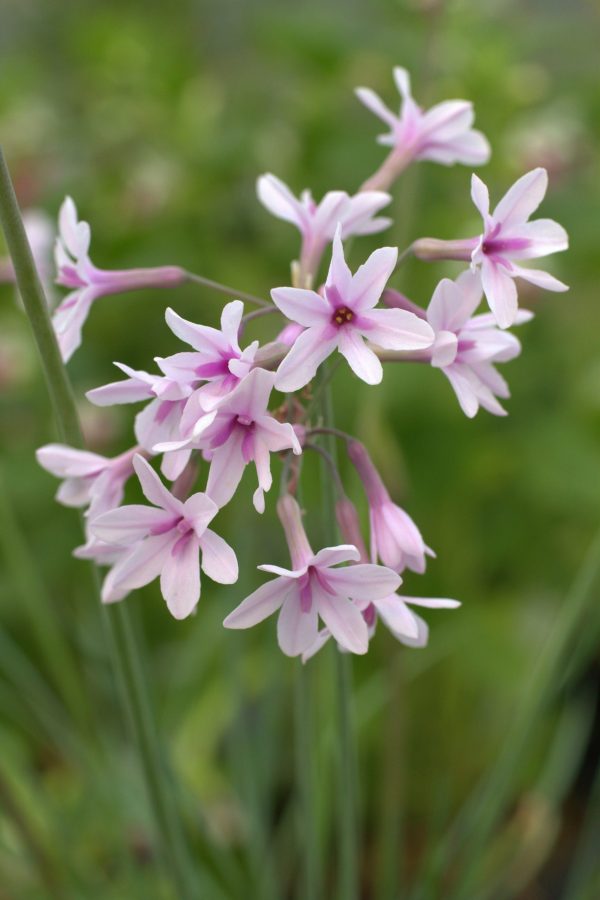
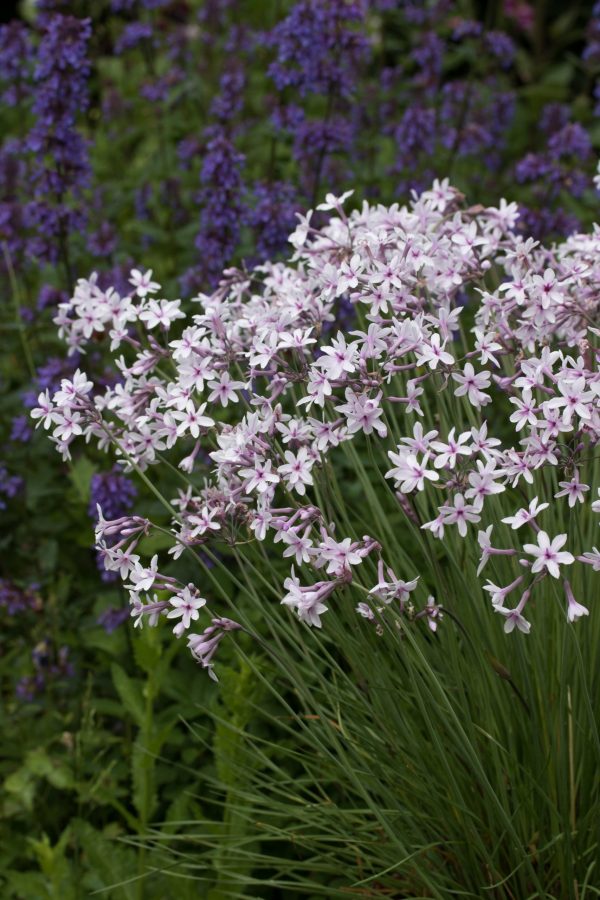

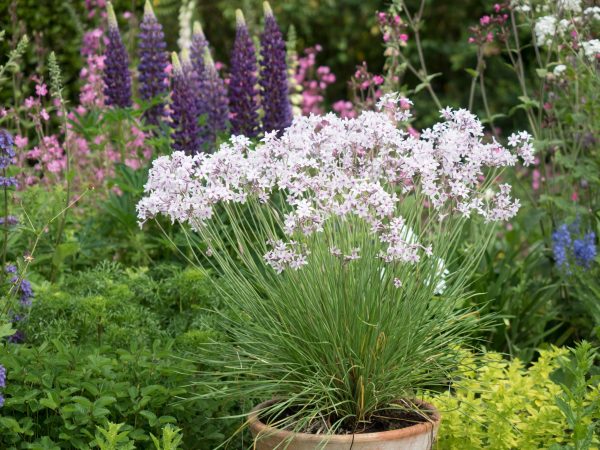
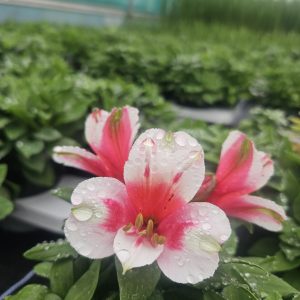
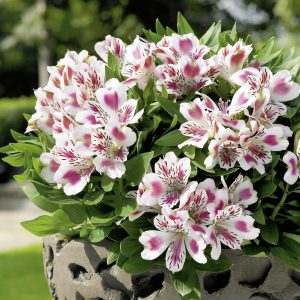
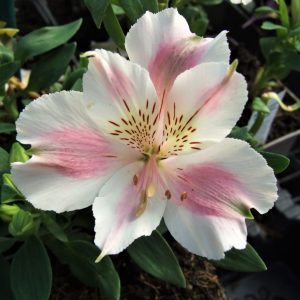

Reviews
There are no reviews yet.